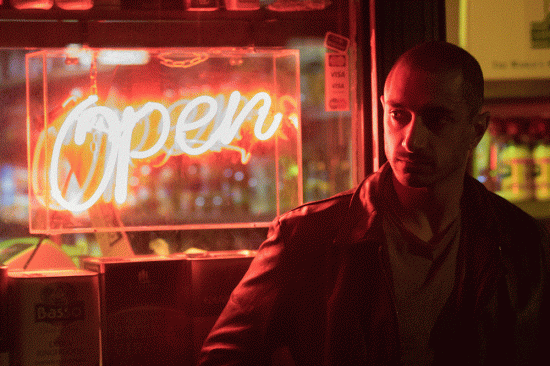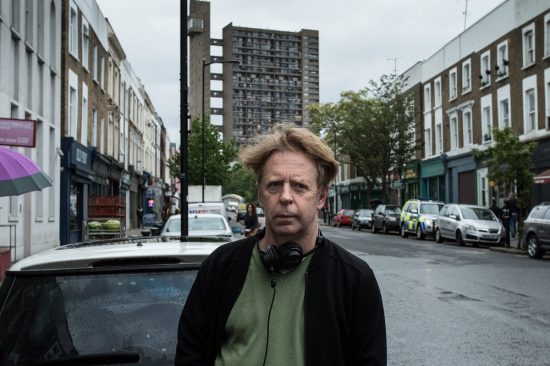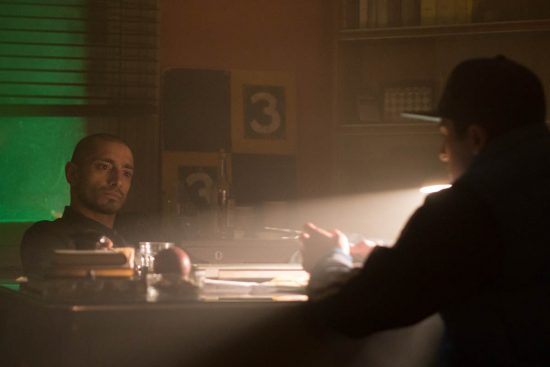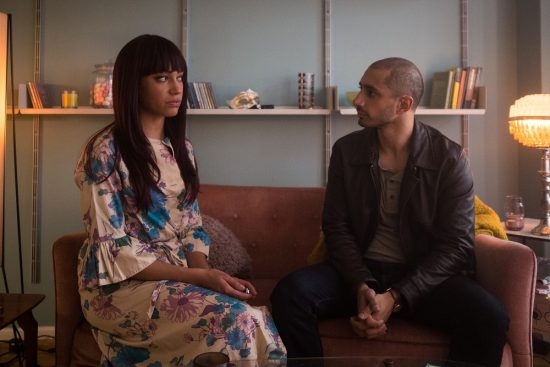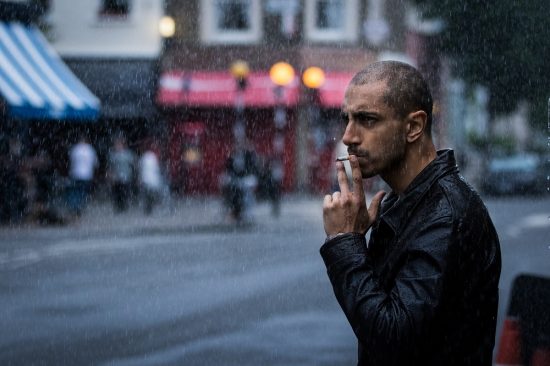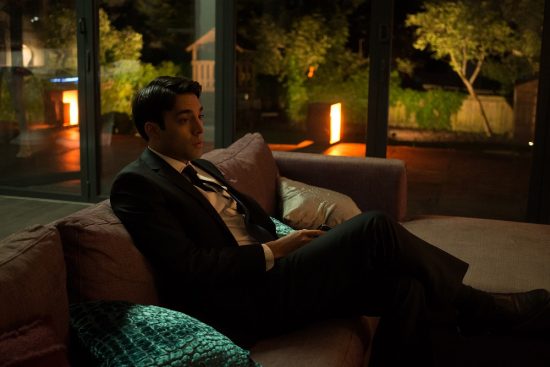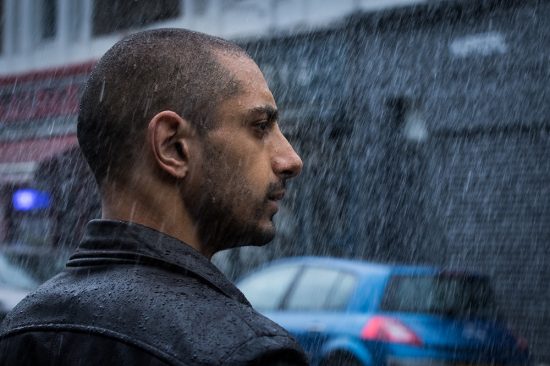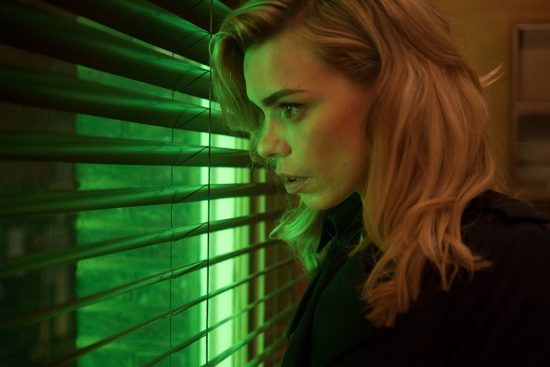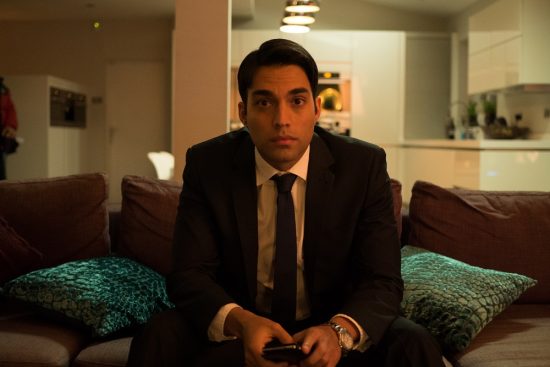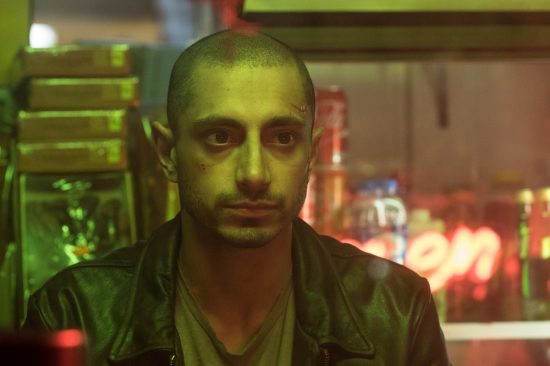Into the Darkness: Pete Travis talks about City of Tiny Lights
While attending the 41st Toronto International Film Festival, Trevor Hogg had an opportunity to speak to Pete Travis about bringing a different perspective of London to the big screen in his adaptation of City of Tiny Lights…
A missing person’s case leads a private investigator into an intricate web of religious fanaticism and political intrigue that forces him to confront a tragic incident from his past. Such is the premise of City of Tiny Lights, a love letter to the crime noir genre set in the multicultural reality of London where the darken and lonely streets are lit by neon signs and car headlights. Author Patrick Neate adapted his own novel published in 2005 under the direction of filmmaker Pete Travis best known for Vantage Point and Dredd.
“Patrick brought the book to me, asked if I was interested, and said that he wanted to write the script,” explains Pete Travis for what had become a passion project for him. “The title was always one of the reasons to make the movie because the city of tiny lights expressed a city full of twinkling lights and behind them was a family struggling to make their life better. I felt like we could make a story about London that was like that. I gave Patrick a shot to do the first draft and it was special. We worked on the script together over an eight-year period. It was great. If anything, Patrick was the one ditching bits of the novel and reinventing them to make the script better. From a movie point-of-view the story of the past didn’t work. It was too bleak and grim. We needed something hopeful.”
“You get disappointed in any kind of crime thriller if the clues turn out to be forgotten or red herrings,” remarks Pete Travis. “Part of the fun as an audience member watching a whodunit is you go, ‘Is that significant?’ Then 10 minutes later you realize it was significant maybe not in the way you imagined. There’s a bit of voice over that explains where Tommy’s dad has come from and kept a gun in his house because he used to be in the army and that has a payoff in the end that you didn’t expect. If you go to see an action movie you want action. If you want to go see a noir thriller you want a sexy cool hero who pieces together a story and things will happen to him. Sometimes they’ll be significant and sometimes they won’t.”
Casting the lead role of Tommy Akhtar was not hard. “It was always Riz Ahmed,” reveals Pete Travis. “Four or five years ago I talked to him about it and he loved the idea. Riz stayed loyal even when his star was rising faster than it was at that point which is big tribute to him.” Roshan Seth portrays Farzad Akhtar, the father of the protagonist. “I met Roshan four years before we started shooting and offered him the role. It was always going to be him.” Cush Jumbo plays femme fatale prostitute Melody who sets the plot in motion. “I met Cush two and a half years before we started. Someone recommended me to her, I saw something that she had done on-stage, I went to meet her and fell in love with Cush as an actress. She committed to it then. All of the actors loved the script and committed way before we actually got to shoot it.” Principal photography finally commenced on April 27, 2015 and concluded six weeks later. “Making small movies is a long process. It’s getting the script right. Getting the right combination of finances to make it right. Getting a space in everyone’s schedule to put it together. Things take a long time.”
“I would say that City of Tiny Lights is more influenced by the novels of Raymond Chandler [The Big Sleep, The Long Goodbye] than the movie adaptations of his works,” notes Pete Travis. “The romance of Chandler was always an inspiration, the kind of hope that’s there, and the sort of lost loneliness of the characters I certainly wanted to get into Tommy’s existence. I read a lot of Raymond Chandler over that period.” A renown American filmmaker was an inspiration. “City of Tiny Lights is not dissimilar to Collateral. Michael Mann has been a huge influence to me on my films. He’s a modern-day John Ford. Collateral and Heat were influences in terms of the romance of it. It’s not so much the visual look but of men who are lost and searching for something. There’s a particular instrument that Antônio Pinto used in the score of Collateral which Ruth Barrett used in the score for this. It’s quite a haunting sound.”
“We looked at the way Wong Kar-wai [Chungking Express] had taken the noir genre and made it particular to Hong Kong as well as his relationship with his cinematographer Christopher Doyle [Fallen Angels]. They’re all shot and infused with a saturated neon quality that is particular to Hong Kong. We thought we could find way to do that by looking at London with similar eyes.” All of the scenes were shot on location with the help of production designer Víctor Molero (The Rack Pack). “I always had the landscape of West London in my mind. There’s a tower block called the Trellick Tower that is an iconic image in the film; we also shot from it to get other views of London. We couldn’t find all of our locations there so we shot Tommy’s house in Brixton and the house that Farzad lives was in another part of London. Like most cities when you get down to the ground level in London everywhere looks like everywhere else.”
Cinematographer Felix Wiedemann (Stratton) captured the footage utilizing the ARRI AMIRA camera. “The only bit that we storyboarded is what happens to Stuart [George Sargeant] on the bridge,” reveals Pete Travis. “Because we had two nights to shoot that whole sequence. It should have taken a week. I had three or four cameras all shooting different bits of it. My style is much more improvisational and always has been to a certain extent. Big films like Vantage Point and Dredd are all storyboarded because you’re spending a lot of other people’s money and they want to know that you’re not going to waste any of it. City of Tiny Lights is more like improvised Jazz.” Travis adds, “I don’t let people improvise the script. The camera is improvised. The actors generally don’t know what the camera is going to do.”
The time shifts were influenced by specific movie. John Sayles did Lone Star where the transitions were spectacular from the past to the present,” explains Pete Travis. “He was clever with the way he moved the camera and cut the scene. There’s one particular scene where Tommy has been talking to his father and hears the front doorbell go and the camera pans off to the door and at the door is his young friends and his younger self. As the young Tommy [Reiss Kershi-Hussain] walks past the camera Riz ducked down and got out of the shot so it looked like he had vanished. It all played as one shot. I wanted the transitions to be interesting.”
“In the first assembly of the film we had narration all the way through as it was in the script,” states Pete Travis. “But then you suddenly realize the story becomes boring when someone is telling you what they’re thinking all of the time. I basically cut the film without narration. Then I went back and added the narration to the three places where I thought we could deal with it.” Minimal ADR is found in the film. I’ve been blessed with the same sound designer, Kevin Brazier, for all the small films that I’ve done; he’s a genius.” No extensive DI was needed. “Pretty much with digital cinema now you set the look in the camera at the beginning and that’s what it is. We didn’t change a frame of the colour. The dailies changed a bit from the rushes in the DI which were sharper and crisper.”
Many thanks to Pete Travis for taking the time to be interviewed and for more information visit the official websites for City of Tiny Lights.
Trevor Hogg is a freelance video editor and writer who currently resides in Canada; he can be found at LinkedIn.
Next PostPrevious Post(adsbygoogle = window.adsbygoogle || []).push({});

